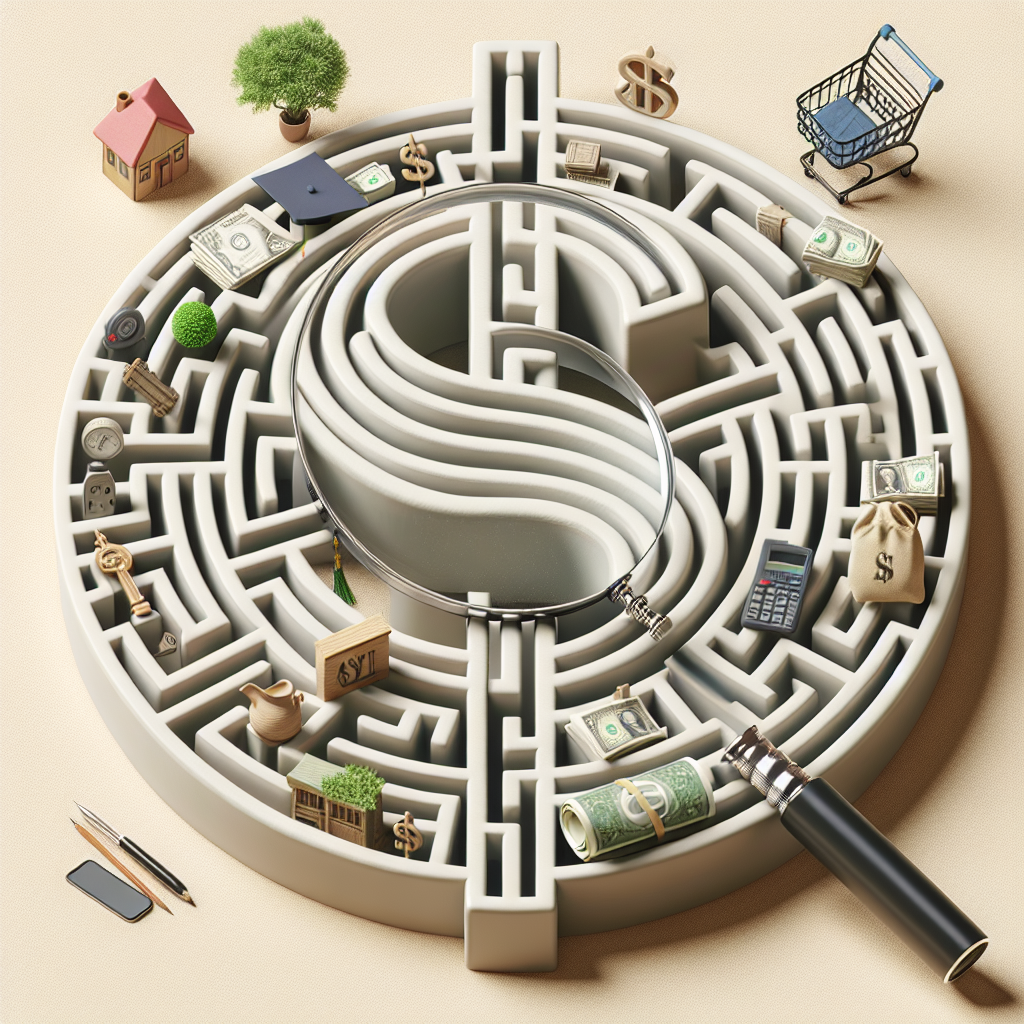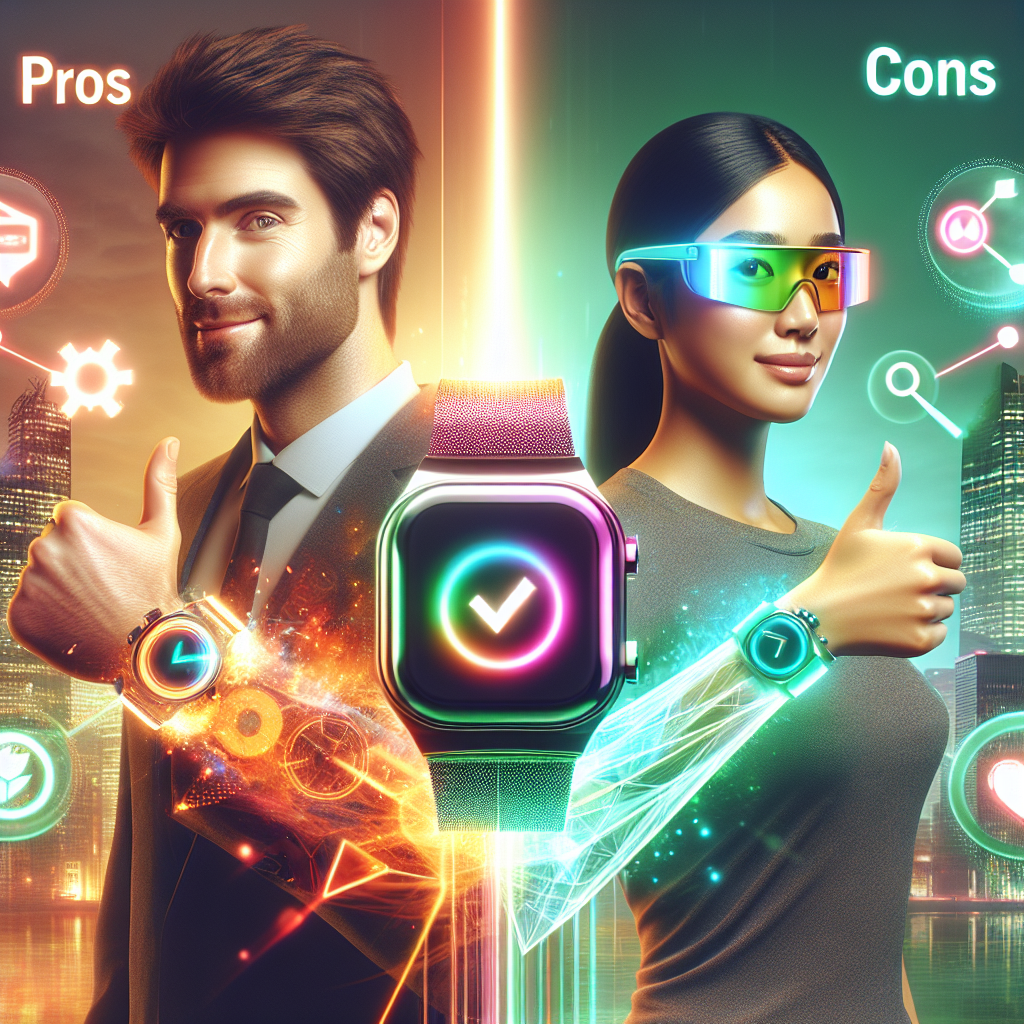In just a few decades, the internet has radically transformed our lives, offering unprecedented levels of connectivity and convenience. As the technology advances, it continues to weave its way through all aspects of our daily existence. Now, we’re on the cusp of a new revolution: the Internet of Things (IoT). Imagine a world where your refrigerator orders groceries, your thermostat adjusts the temperature based on your preferences, and even your pet’s collar tracks its health. This is the world of IoT, a seamlessly interconnected network of devices that communicate with each other to enhance our quality of life.
What is the Internet of Things?
The Internet of Things refers to a network of physical objects—“things”—embedded with sensors, software, and other technologies to connect and exchange data with other devices and systems over the internet. These "things" can range from simple household items like smart speakers and light bulbs to sophisticated industrial machinery. The ultimate goal of IoT is to create smart environments, improve efficiency, and streamline everyday tasks through automation and data-driven decision-making.
The Core Components
For IoT to function effectively, several key components must work in harmony:
-
Devices and Sensors: These are the physical objects equipped with sensors to collect data, ranging from environmental conditions to user-specific information.
-
Connectivity: Devices need to communicate with each other and with centralized systems. This requires reliable network infrastructure, typically leveraging Wi-Fi, Bluetooth, Zigbee, or cellular networks.
-
Data Processing: Collected data must be processed either on the device (edge computing) or in the cloud. Efficient data processing is crucial for providing real-time responses and actionable insights.
-
User Interface: This is how users interact with the IoT ecosystem, typically through smartphones, tablets, or specialized interfaces.
- Analytics and AI: Advanced algorithms and artificial intelligence (AI) are deployed to analyze the massive amounts of data generated, enabling predictive analytics, decision-making, and automation.
Transforming Everyday Life
IoT is not just a buzzword— it’s actively transforming various facets of our lives:
1. Home Automation
Imagine waking up to the smell of freshly brewed coffee, lights automatically turning on to your preferred brightness, and your favorite music playing softly in the background. Smart home devices are designed to boost convenience and efficiency. Systems like Amazon Alexa, Google Home, and Apple HomeKit offer centralized control of numerous connected devices, from security cameras to thermostats, all managed through voice commands or smartphone apps.
2. Health and Wellness
Wearable devices like fitness trackers and smartwatches monitor your physical activity, heart rate, and even sleep patterns. By syncing with health apps, they provide insightful data that can be used to improve your lifestyle and well-being. In healthcare, IoT-enabled devices can remotely monitor patients, track medication adherence, and even alert medical professionals to potential health issues in real-time.
3. Transportation
IoT is revolutionizing the way we travel. Connected cars can optimize routes based on real-time traffic data, reducing commute times and improving fuel efficiency. Ride-sharing services utilize IoT for fleet management, ensuring timely availability and maintenance of vehicles. Moreover, public transportation systems leverage IoT for real-time tracking, helping commuters stay informed about schedules and delays.
4. Industry and Business
In the industrial sector, IoT enhances operational efficiency and safety. Smart factories equipped with IoT sensors can predict machine failures before they occur, minimizing downtime and maintenance costs. Retail businesses use IoT to manage inventory, optimize supply chains, and offer personalized shopping experiences. Office environments leverage smart devices to improve energy efficiency and foster a more productive work environment.
Challenges and Considerations
Despite its many advantages, the widespread adoption of IoT poses several challenges:
-
Security: With the increase in connected devices comes higher vulnerability to cyber-attacks. Robust security protocols and constant vigilance are essential to protect sensitive data.
-
Interoperability: The IoT ecosystem consists of a wide array of devices from different manufacturers. Ensuring seamless communication and compatibility among devices remains a complex task.
-
Data Privacy: The vast amount of data generated by IoT devices raises significant privacy concerns. Regulations and guidelines must be put in place to protect user data and ensure ethical practices.
- Infrastructure: A robust and reliable network infrastructure is vital. Areas with limited connectivity may struggle to fully utilize IoT technologies.
The Road Ahead
The potential of the Internet of Things seems boundless, and we’re only scratching the surface of what’s possible. As technology continues to advance, IoT will increasingly permeate our lives, creating smarter homes, healthier lifestyles, efficient businesses, and more intelligent cities. However, tackling the associated challenges will be critical to unlocking the full potential of IoT.
The Internet of Things promises to create a world where data-driven decisions lead to enhanced convenience, efficiency, and productivity. Embracing this interconnected future requires thoughtful integration and robust solutions, ultimately ushering in an era where every aspect of our lives is seamlessly connected.














Leave feedback about this
You must be logged in to post a comment.